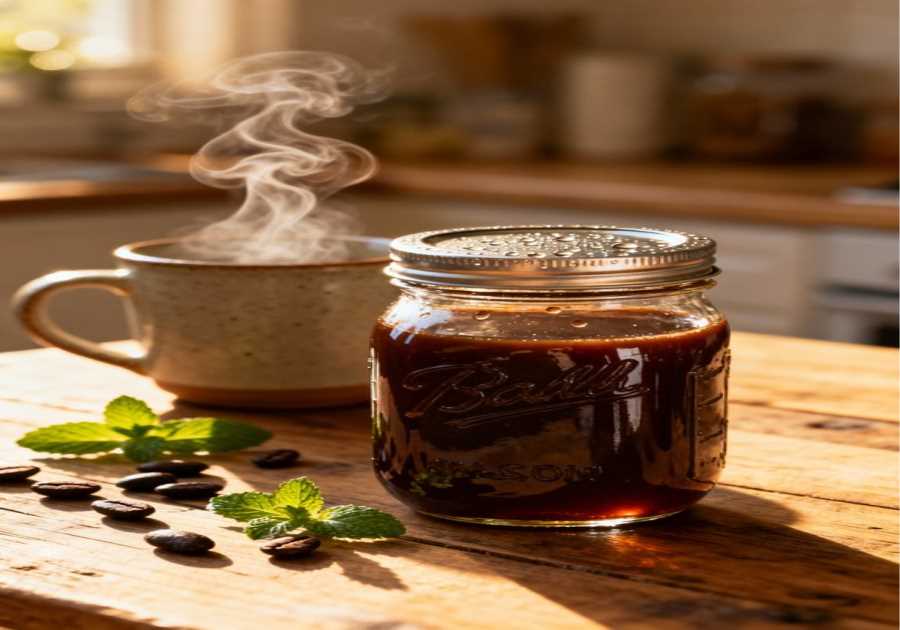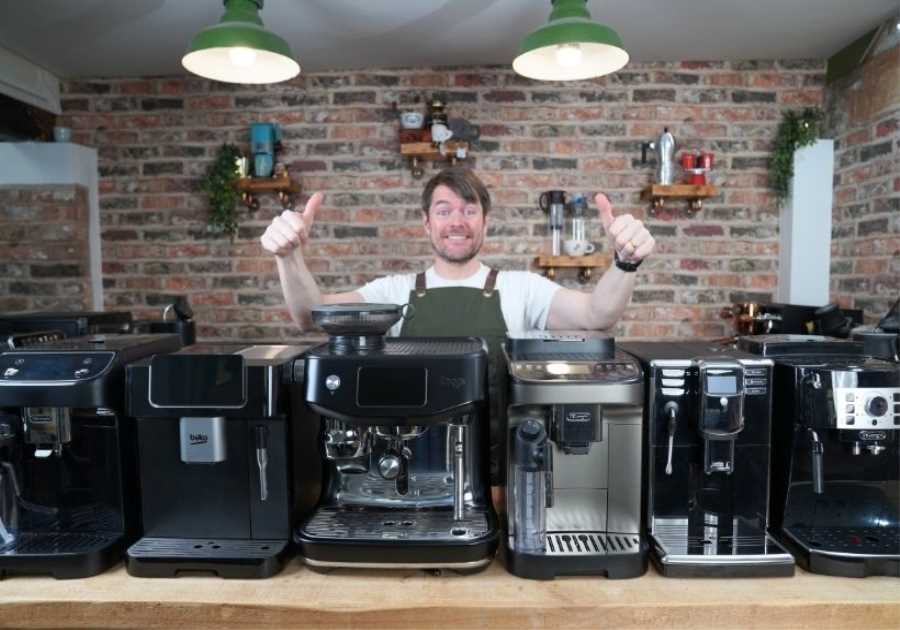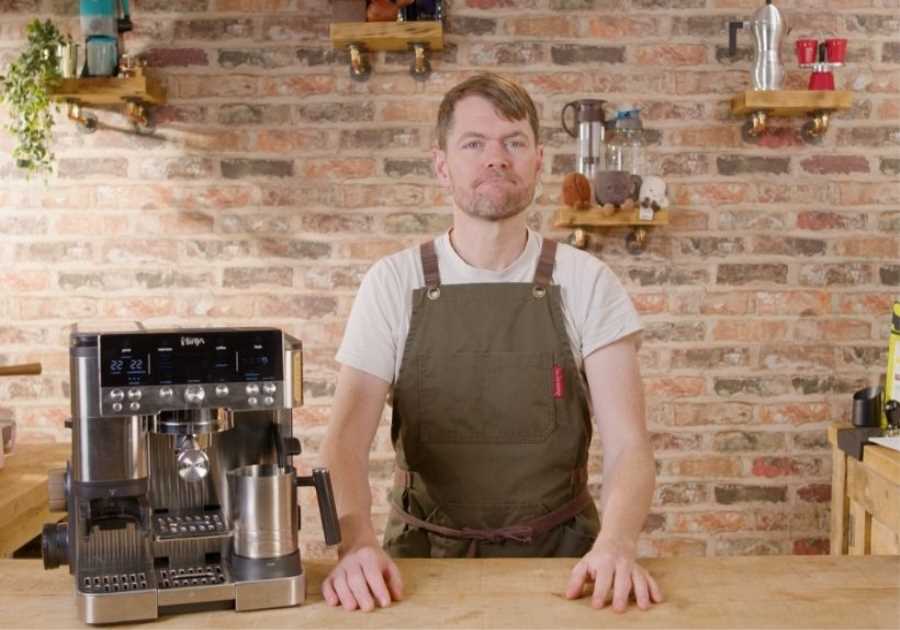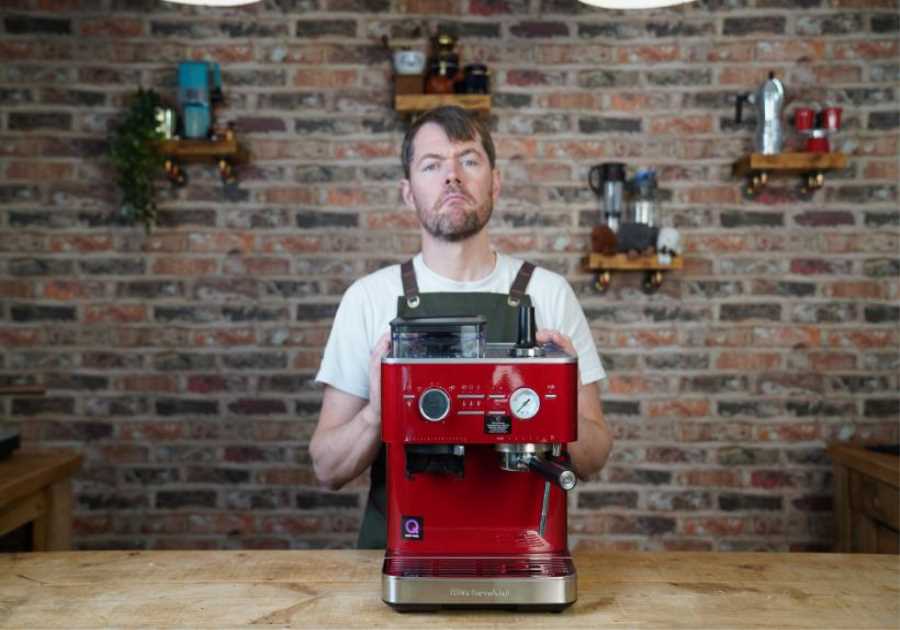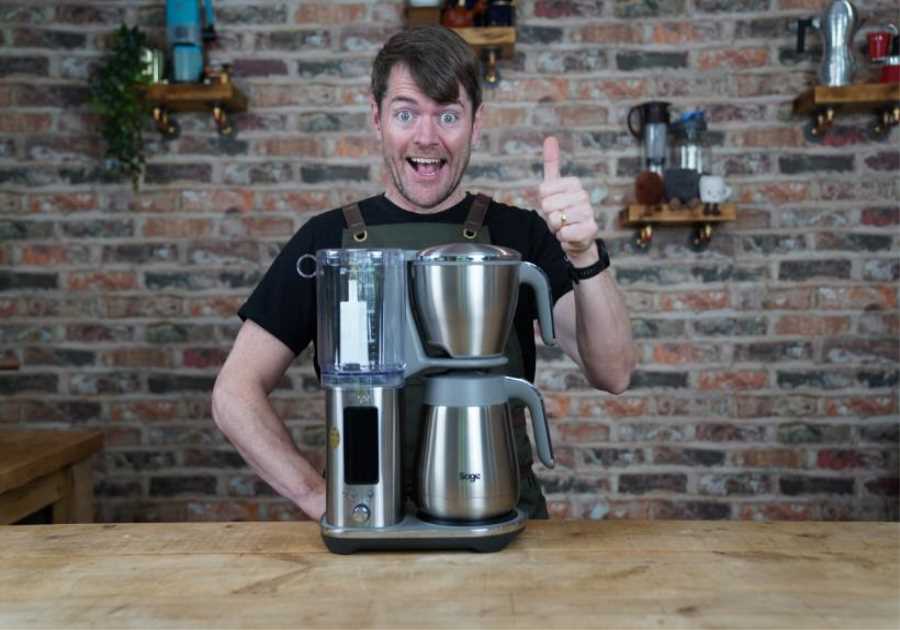There are a seemingly endless number of variables you need to account for when preparing high-quality espresso. These include – but aren’t limited to – dose, yield, extraction time, and grind size, as well as tamping and distribution techniques.
However, even when factoring in all these variables, if you have ever wondered why your espresso shots still aren’t tasting quite right, it could be a common issue known as clumping.
Coffee clumps can form for several reasons, and can ultimately cause channelling which affects extraction. Essentially, it’s imperative that you reduce clumping as much as possible to get the best results from your coffee.
To find out how clumping happens, as well as how to prevent it, I spoke to two coffee professionals. Read on to find out more.
You may also like our article on the Weiss Distribution Technique & whether you should use it before tamping coffee.
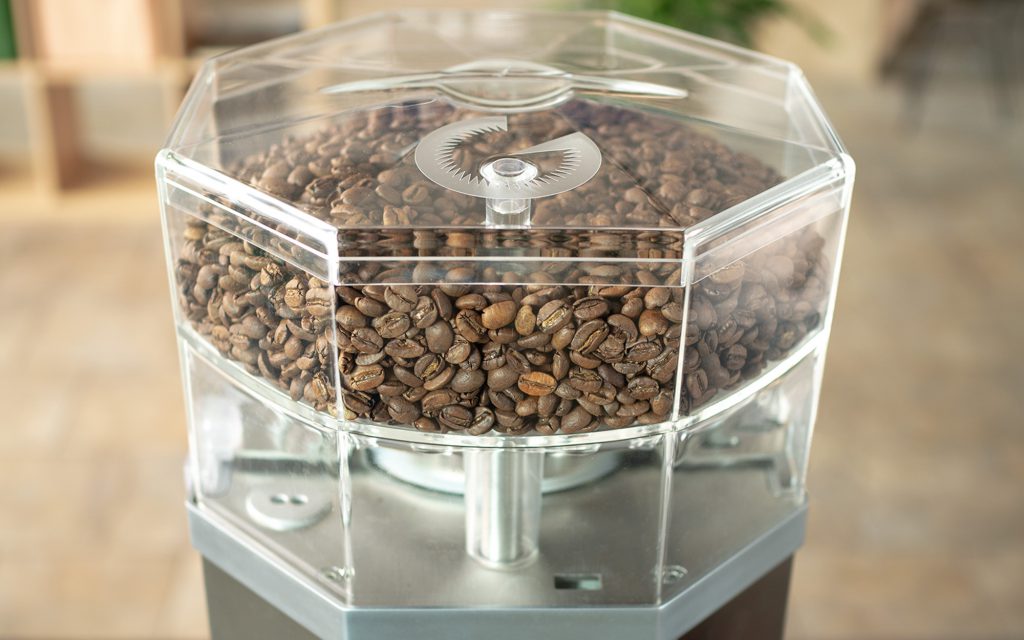
What causes clumping?
In simple terms, clumping typically occurs when you grind coffee for espresso.
Ramon Heinzer is the owner of ZHH Gastro restaurants in Zürich, Switzerland, which uses Grindie’s grinders.
“When grinding for espresso, you need to grind as finely as possible,” he says.
However, when you grind coffee very finely, it can sometimes form clumps. But what causes this to happen?
Daniele Colizza is the designer of the Grindie SOLO, a grind-by-weight grinder which includes a Double Clump Crusher system.
“Clumping can be caused by an excessive amount of oils in the coffee, issues with the flow of ground coffee from the grinding chamber to the chute, or an electrostatic charge produced by grinding coffee,” he explains.
Coffee beans which contain more oils, such as darker roasts or old, stale coffee, can clog your grinder. These oils then stick to the surface of the burrs, which can cause clumping.
Environmental conditions such as high humidity and temperature levels can also cause grounds to become stuck in the grinder chute. In turn, this blocks the flow of ground coffee from the grinding chamber to the chute, which can lead to clumping.
The final factor is static electricity. Coffee beans can sometimes “pick up” electrical charges as they pass through the burrs. As ground coffee contains very little moisture, this can cause some particles to either stick to surfaces or clump together.

Why does clumping cause problems?
Although clumping can seem insignificant, it can have major repercussions for espresso extraction.
“Water is always looking for the easiest path of resistance through the puck,” Daniele explains. “Because clumps are densely packed, water can’t easily pass through them.”
Instead, water is forced to pass through other parts of the puck which are less densely packed. This is known as channelling, and it leads to a number of issues.
“Channelling impacts the flavour and mouthfeel of your espresso,” Ramon tells me. “It can become more watery and have less flavour.”
Essentially, channelling means some parts of the puck are underextracted, while others are overextracted. Naturally, this results in espresso which tastes both bitter and sour, and means you aren’t able to get the best out of your coffee.
Moreover, clumping often isn’t consistent, so it can be difficult to predict when or how badly it will occur.
“Clumps can come in various sizes, amounts, and densities, so it can be challenging for many baristas to deal with,” Daniele explains.
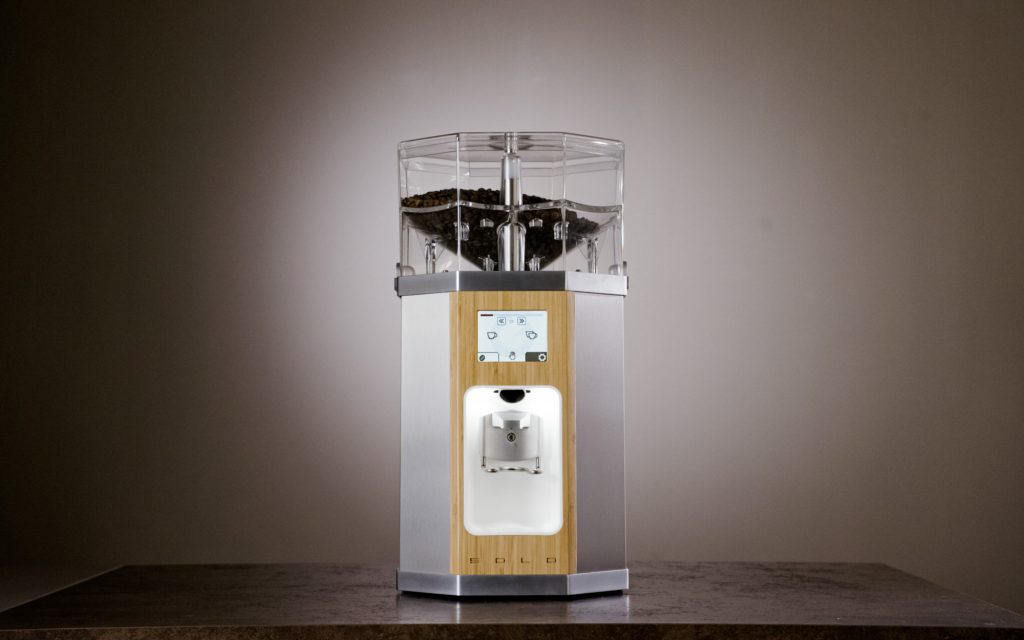
So, how can you prevent it?
There are measures you can take to mitigate clumping.
First and foremost, you should check your grind size. Although espresso requires a very fine grind size, it is also possible to grind too fine, which increases the likelihood of clumping. By making your grind size slightly coarser, you can potentially reduce it.
On a similar note, it’s essential that you keep your grinder clean and well maintained. By regularly removing old, stale grounds and any oil buildup from the grinding chamber and burr set, you can help to minimise clumping.
However, both of these practices can only do so much. Ultimately, to get consistently good results, you have to invest in a high-quality grinder.
“Grindie’s patented system works to reduce clumping,” Daniele explains. “The Grindie SOLO’s Double Clump Crusher system and temperature control technology means it can adapt to different ground coffee flow conditions.
“This is because the grinding chamber contains two membranes which create more movement in the chute,” he adds. “This helps to ensure that different-sized ground coffee particles are distributed more evenly so that they can easily pass through the chute.”
“As well as Grindie’s Double Clump Crusher system, it includes a low RPM engine,” Daniele continues. “This means the grinder generates as little heat as possible, as well as resulting in less electrostatic build up.”
Benefits of mitigating clumping
In effect, a more even particle size distribution and less static build up means that the likelihood of clumping reduces. As a result, you can achieve a more even extraction, and therefore experience the full spectrum of a coffee’s flavours.
“The Grindie SOLO also produces consistent results,” Ramon tells me. “There are 12 employees working at ZHH Gastro, [so consistency can be a concern], but the grinder helps to eliminate human error.”
Moreover, Ramon says that when you use a gravimetric grinder like Grindie, it tends to produce more consistently accurate doses – typically with a 0.1g range to the required dose.
Furthermore, both Ramon and Daniele agree that in terms of mitigating clumping, high-quality grinders can reduce baristas’ workload. This is because they don’t have to spend time manually dispersing and breaking down clumps in the portafilter.
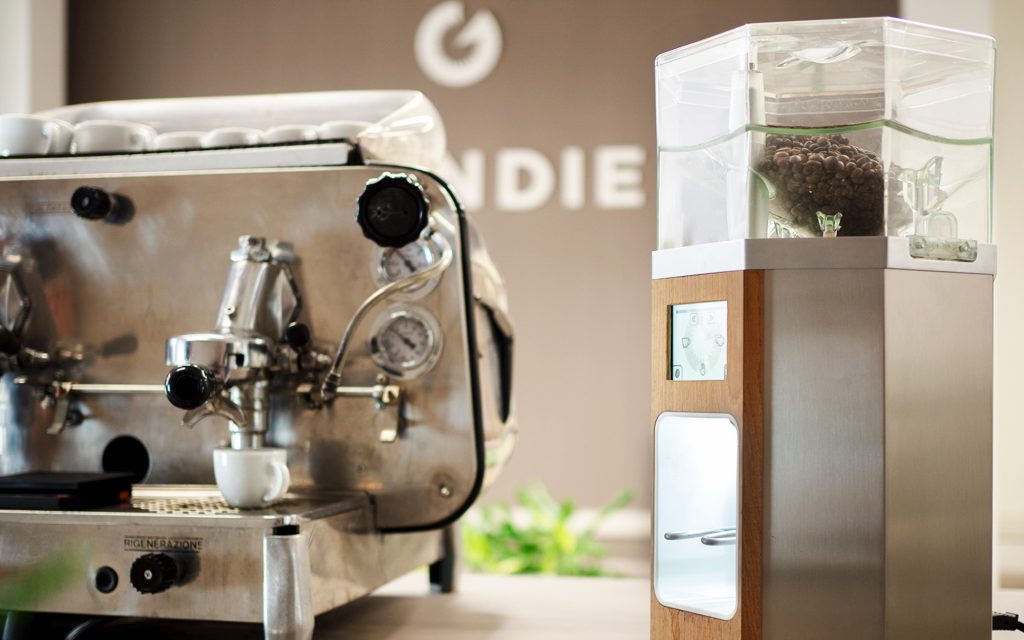
Tips on how to manage clumping
For many baristas, clumping isn’t uncommon, but there are several ways to manage it.
“The presence of clumps can indicate that your grinder is heating your coffee up too much,” Daniele says. “Therefore, it’s important to check that your grinder is working properly, in particular the burr set, dispensing system and chute, and anti-clumping system (if it includes one).
“Try changing the grind size and noting when clumping happens,” he adds. “Be sure to pay attention to the temperature of each dose, too.
“If you notice that the temperature of your ground coffee is too high when there is clumping, look for ways to reduce the temperature inside the grinder,” Daniele continues.
Ramon tells me that he switched to using Grindie’s SOLO grinder for this reason.
“Some grinders don’t include a cooling system,” he explains. “We use more than 2kg of coffee every day, so our old grinder was overheating.
“This increases the temperature of the ground coffee, which means more of its flavours and aromas are lost,” he adds.
Reducing static
If you find that there is a lot of static when grinding coffee, this could be the cause of clumping. One way of reducing this is the Ross Droplet Technique (RDT). This method involves adding a few drops of water to your beans immediately before grinding. You can do this by:
- Running the handle of a teaspoon under water for a few seconds
- While there are still a few droplets of water attached to the handle, stir it through your coffee beans
- It’s important to note that you shouldn’t add too much water to your coffee – just a few drops of water is enough
Ramon also recommends using beans two to four weeks after they have been roasted to ensure the coffee isn’t too fresh. Otherwise, they may contain too much carbon dioxide, which can impair extraction.
He also advises to assess humidity in your environment if you experience clumping. Depending on the conditions, opening or closing windows, or alternatively using a humidifier or dehumidifier, may help to reduce clumps forming when grinding coffee.
Tamping and distribution
Beyond issues with your grinder, you also need to use proper tamping and distribution techniques to stop clumping from occurring.
In simple terms, tamping is when you apply force to ground coffee in a portafilter basket, which makes the puck compact. However, if you tamp unevenly, or tamp a coffee bed which contains clumps, this can negatively affect extraction.
To avoid uneven tamping, many coffee professionals recommend using some kind of distribution techniques. One of the most common methods is the Weiss Distribution Technique, which involves stirring the ground coffee to break up any clumps.
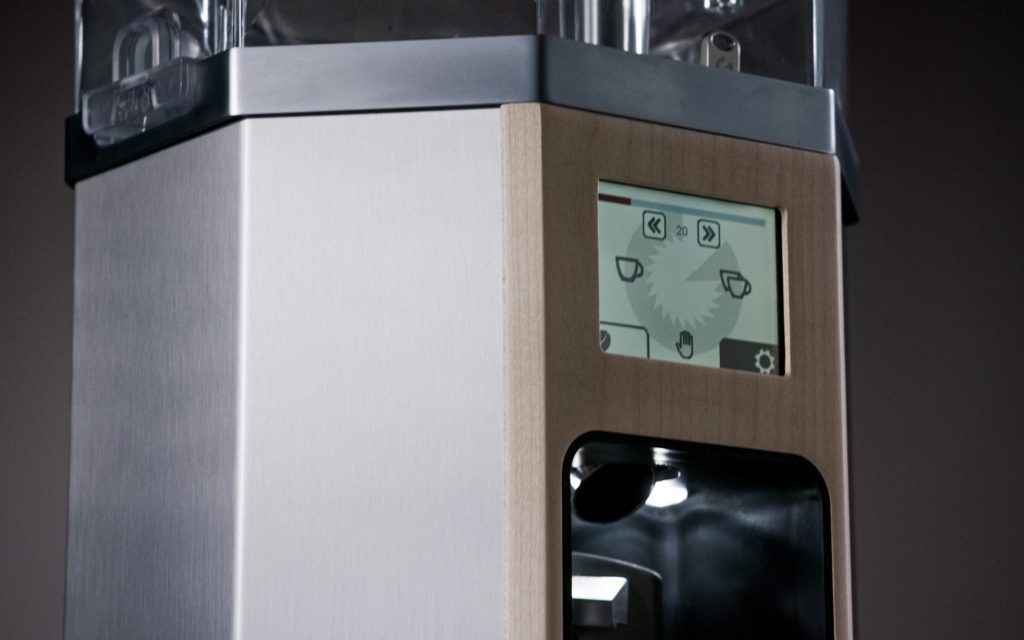
It’s clear to see that clumping can have a major impact on espresso extraction. However, that’s not to say that this issue can’t be easily resolved.
There are several ways for baristas to stop coffee from clumping, but ultimately, a good grinder is key. Beyond that, assessing environmental factors, tweaking grind size, and cleaning your equipment can all help.
Enjoyed this? Then read our guide to calibrating your espresso recipes.
Photo credits: Riccardo Andreaus, Grindie
Perfect Daily Grind
Please note: Grindie is a sponsor of Perfect Daily Grind.
Want to read more articles like this? Sign up for our newsletter!
The post How to prevent clumping when grinding coffee appeared first on Perfect Daily Grind.
By: Zoe StanleyTitle: How to prevent clumping when grinding coffee
Sourced From: perfectdailygrind.com/2023/03/how-to-prevent-clumping-when-grinding-coffee/
Published Date: Mon, 27 Mar 2023 05:35:00 +0000

